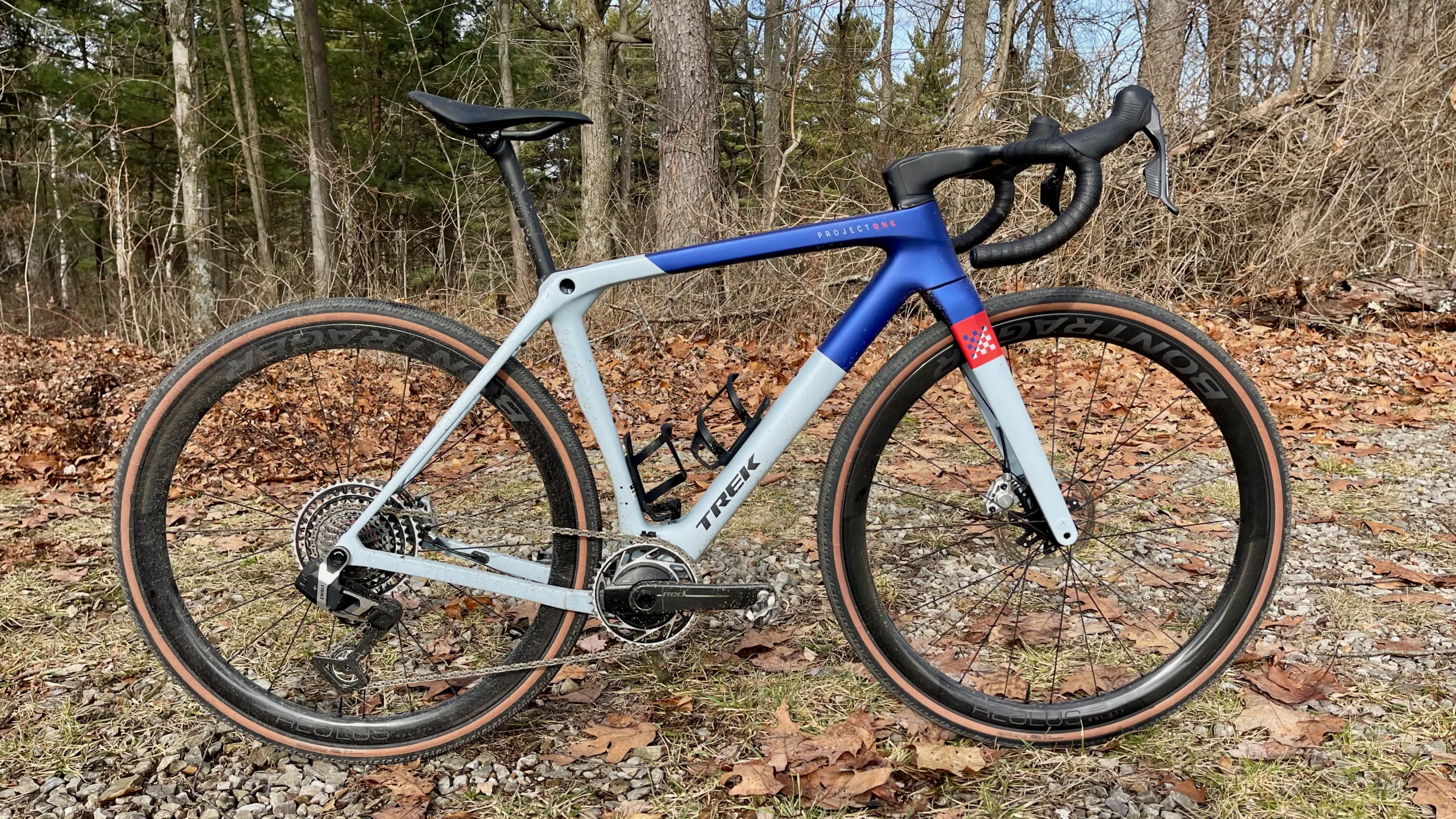Trek’s gravel lineup has been a one-bike show, with the Checkpoint as the do-it-all option. It’s approachable, versatile, and capable of going for big miles or new riders getting their feet dirty. But let’s be honest—gravel isn’t just about adventure anymore. It’s evolved into a full-on arms race. Now, gravel is filled with former World Tour and domestic professionals, serious gravel-only athletes, and aspiring phenoms who want a bike that matches their ambitions. The same goes for everyone who toes the line and peaked for a race. The “do-it-all” gravel bike just doesn’t cut it anymore if you wanna be at the pointy end of the field. Trek has found a solution in its first dedicated race-focused gravel bike, the Trek Checkmate.
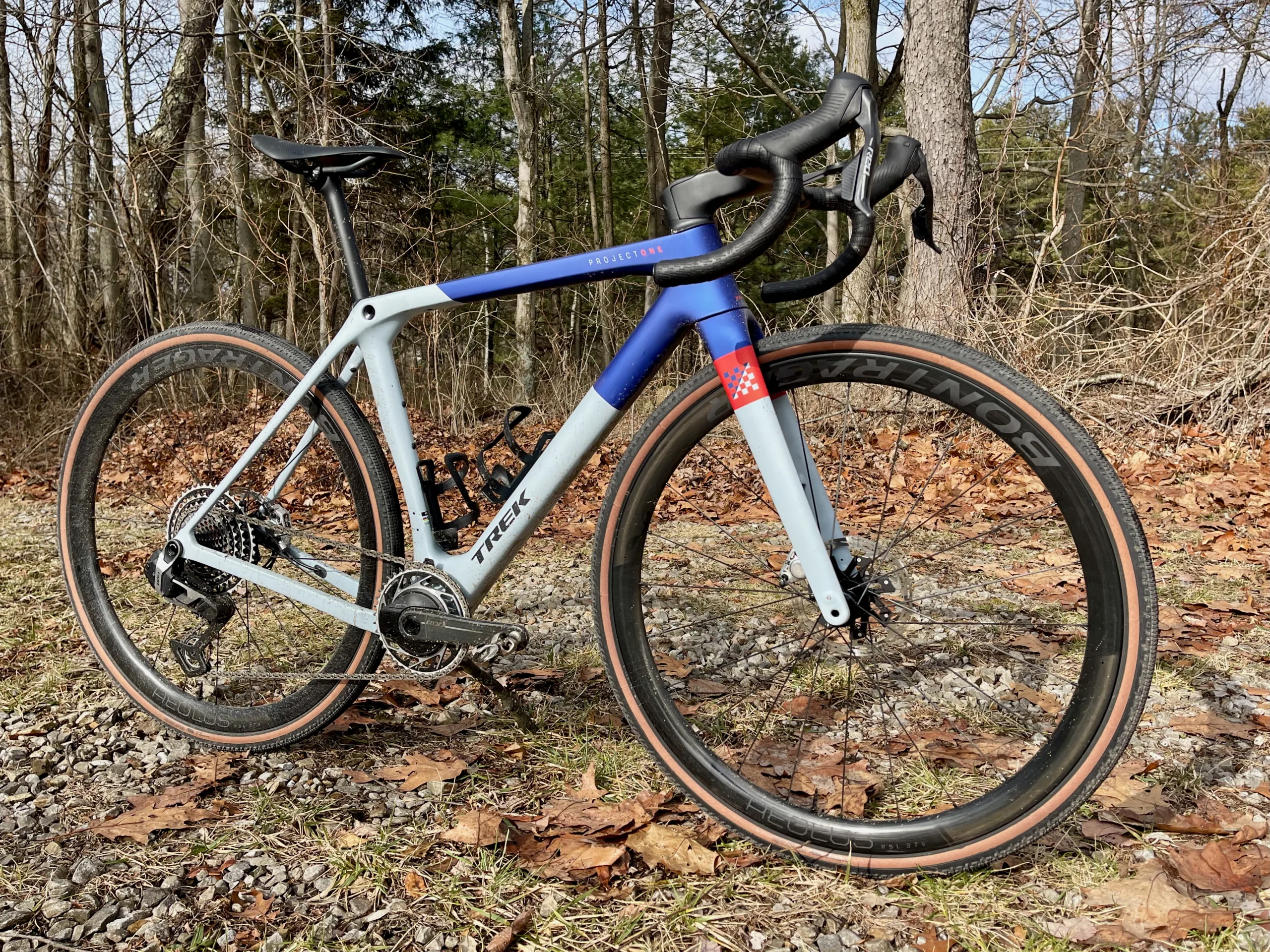
Trek’s Answer to Speed-Obsessed Gravel Racers
Trek-Driftless (Trek’s dedicated gravel team) is racing the premiere events on the US off-road and gravel calendar, so it was only a matter of time before Trek built a proper race machine.
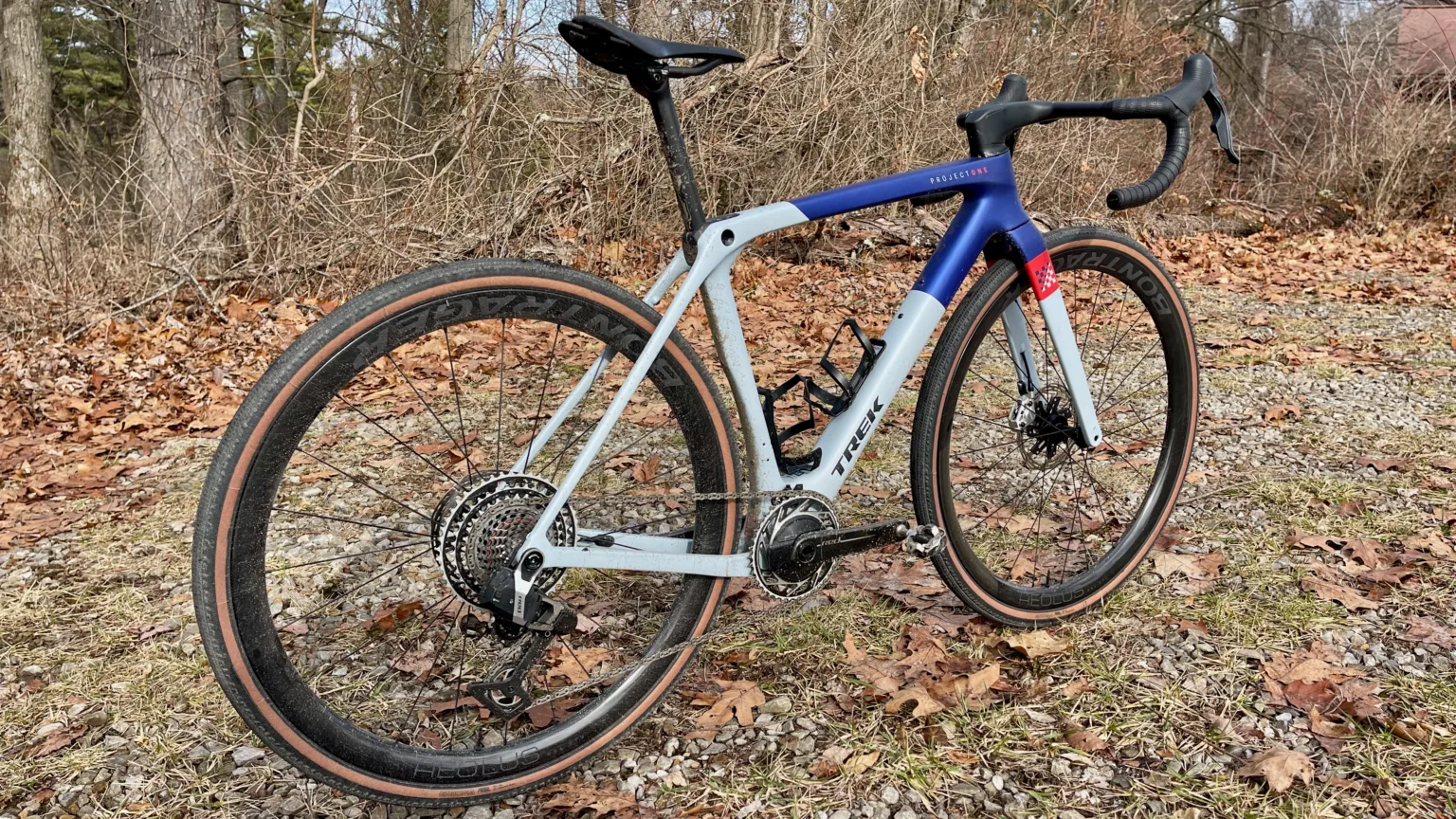
Where does the Checkmate fit in? The Checkmate slots into the gravel race segment alongside BMC’s Kaius, Canyon’s Grail CFR, Cervelo’s Aspero, and 3T’s Exploro. It’s a race machine with little creature comforts that brings Madone Gen 8-inspired aero tube shaping and hyper-aggressive handling to the dirt.
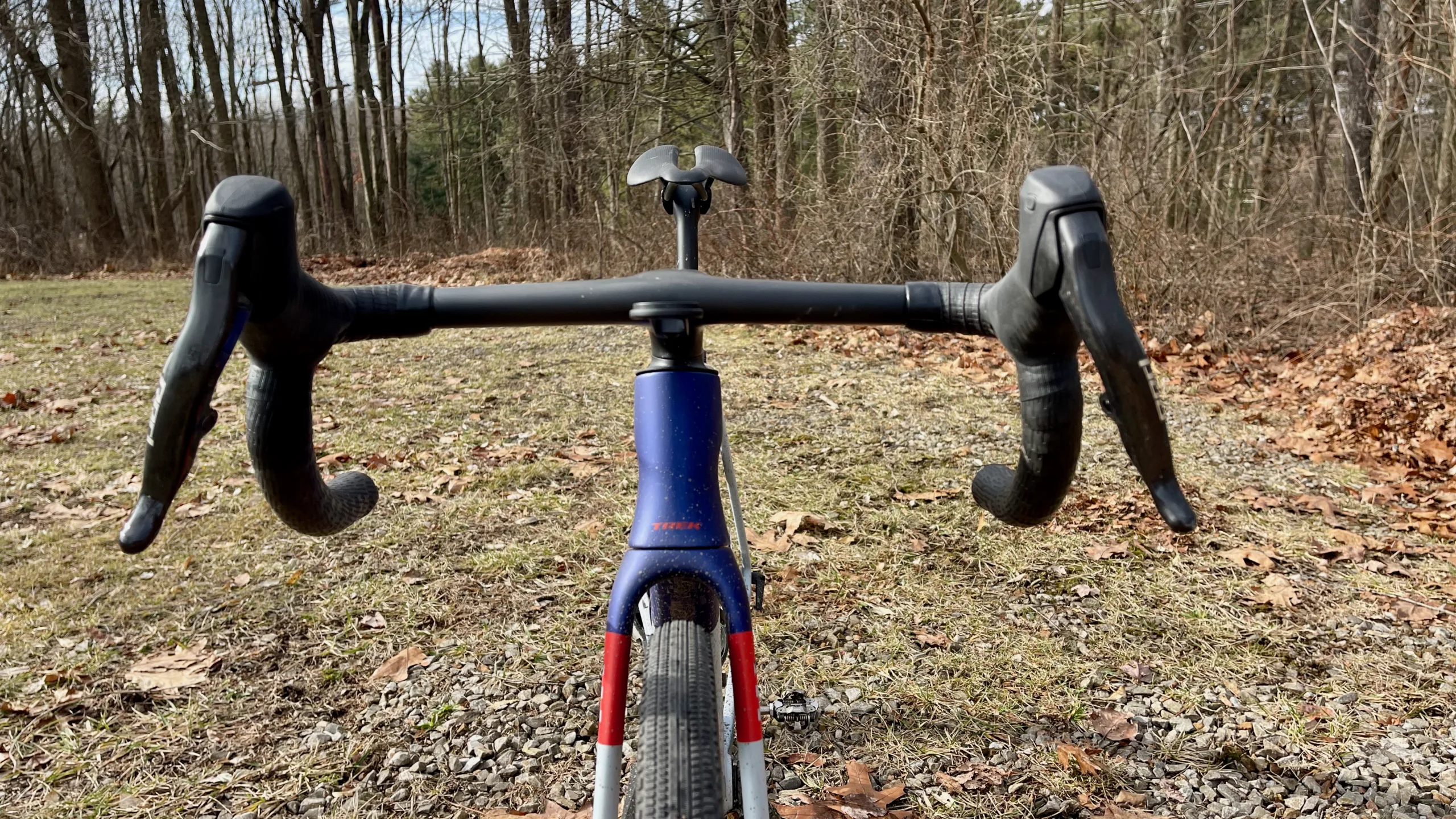
Aero, But Not Like You’d Expect
The new Checkmate borrows many design elements from the Madone Gen 8 (you can read the full tech details here). Most notable is the square (storage-less) downtube, which bucks the traditional aero trend. Instead of relying on deep, teardrop shapes, Trek optimized the entire system—frame, wheels, and recommended 38-40mm 45mm tires—to manage airflow (if you want tire clearance for 50mm check the updated Checkpoint). It’s not about isolated tube shapes but how air moves around the bike.
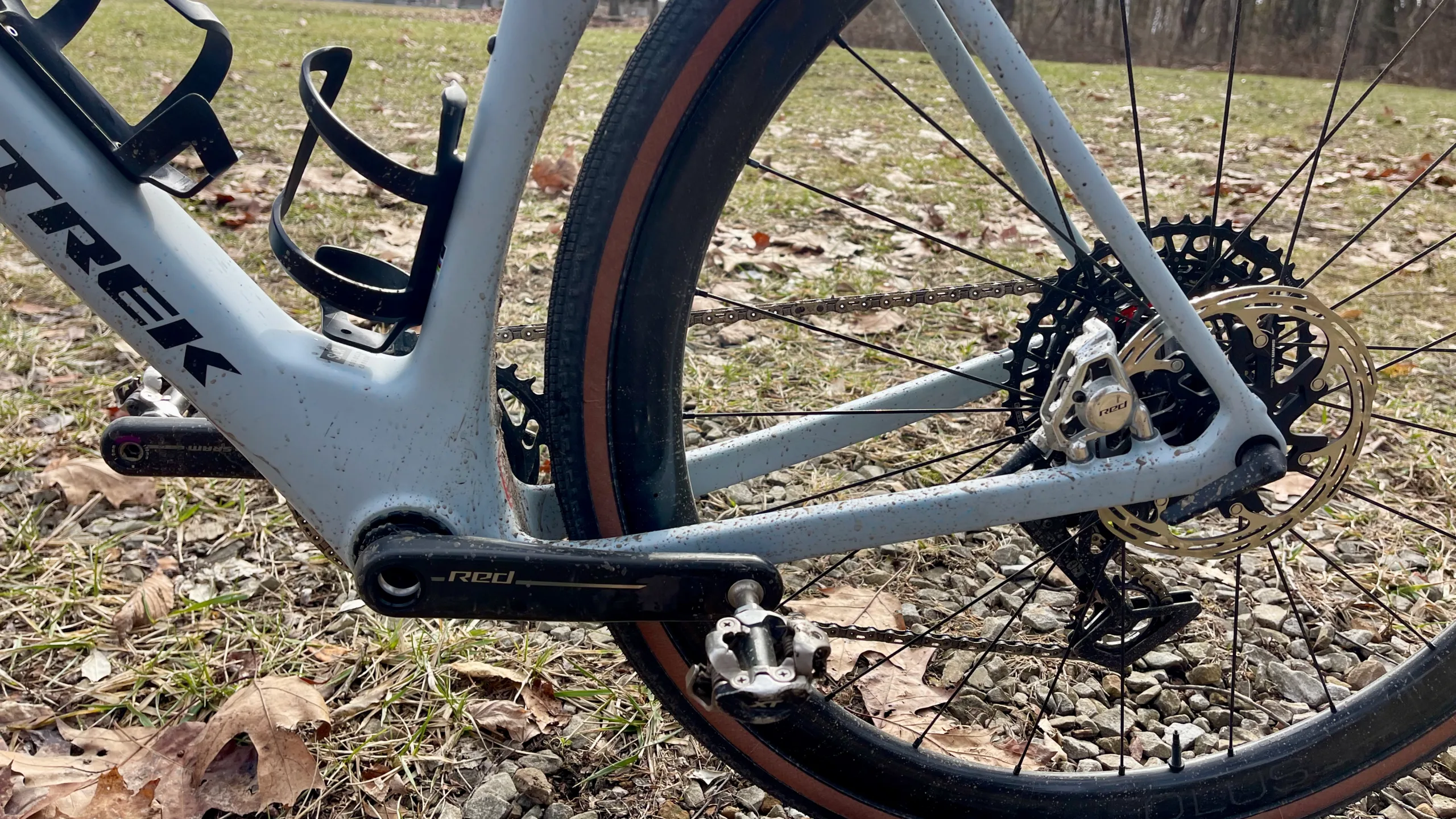
The data backs it up: Trek claims the Checkmate is 5 minutes and 54 seconds faster than Unbound 200 at 200 watts compared to the Checkpoint SLR. That’s 38 seconds per hour saved, which adds up when you’re grinding through 10+ hours of racing.
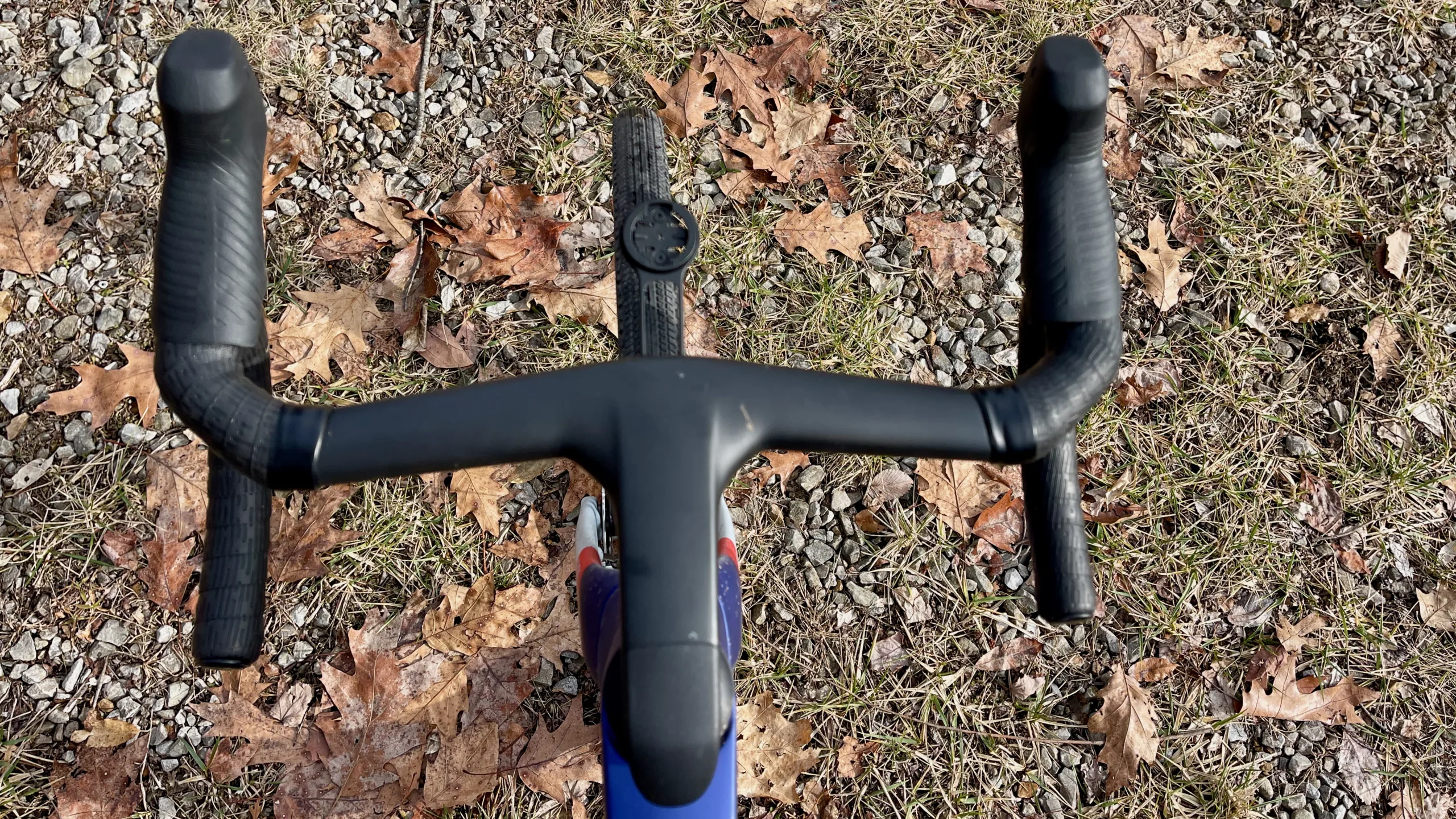
IsoSpeed & Integrated Cockpit
Trek keeps IsoSpeed on the Checkmate, smoothing the ride while maintaining power transfer. The one-piece carbon handlebar stem (borrowed from the Madone and my personal favorite) is aggressively shaped, with a 3cm flare and a slight outward sweep—designed for max control when blasting through high-speed turns – tucked.
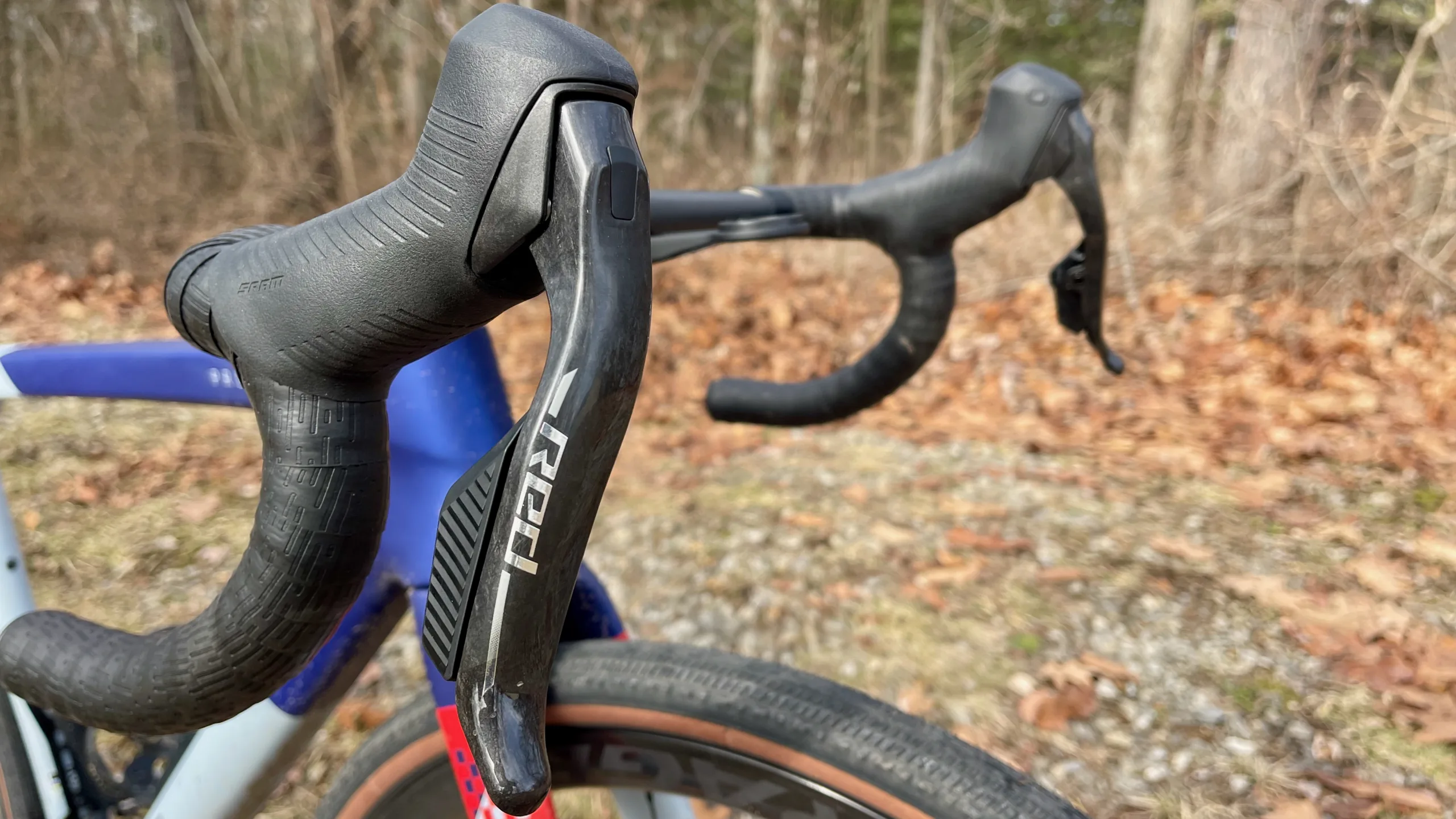
The Checkmate is light. A Medium build (SLR 9) tipped my scales at 7.53kg (16.60 lbs), making it one of the lightest gravel race bikes I’ve ever tested. That’s a full pound lighter than a comparable Checkpoint SLR 9 with all the bells and whistles.
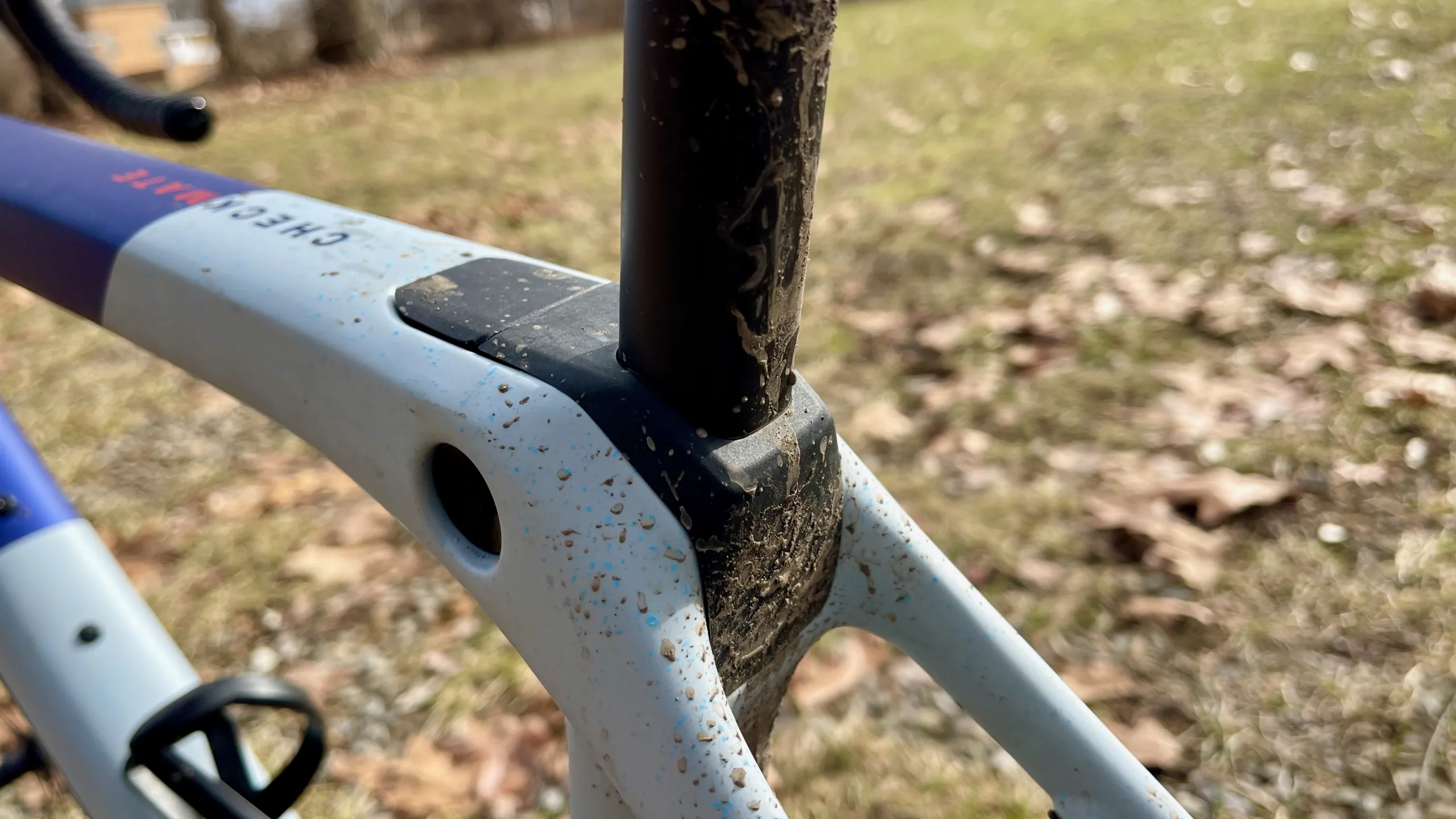
How did they make it lighter? The Trek’s 800-Series OCLV Carbon has a bit to do with it, but the spec is top-tier, too. The new SRAM RED XPLR (reviewed here) is light, and when you add the Bontrager Aeolus 37 RSL wheels, one-piece RSL cockpit, and all the top-end bits – you’re bound to have a lightweight machine.
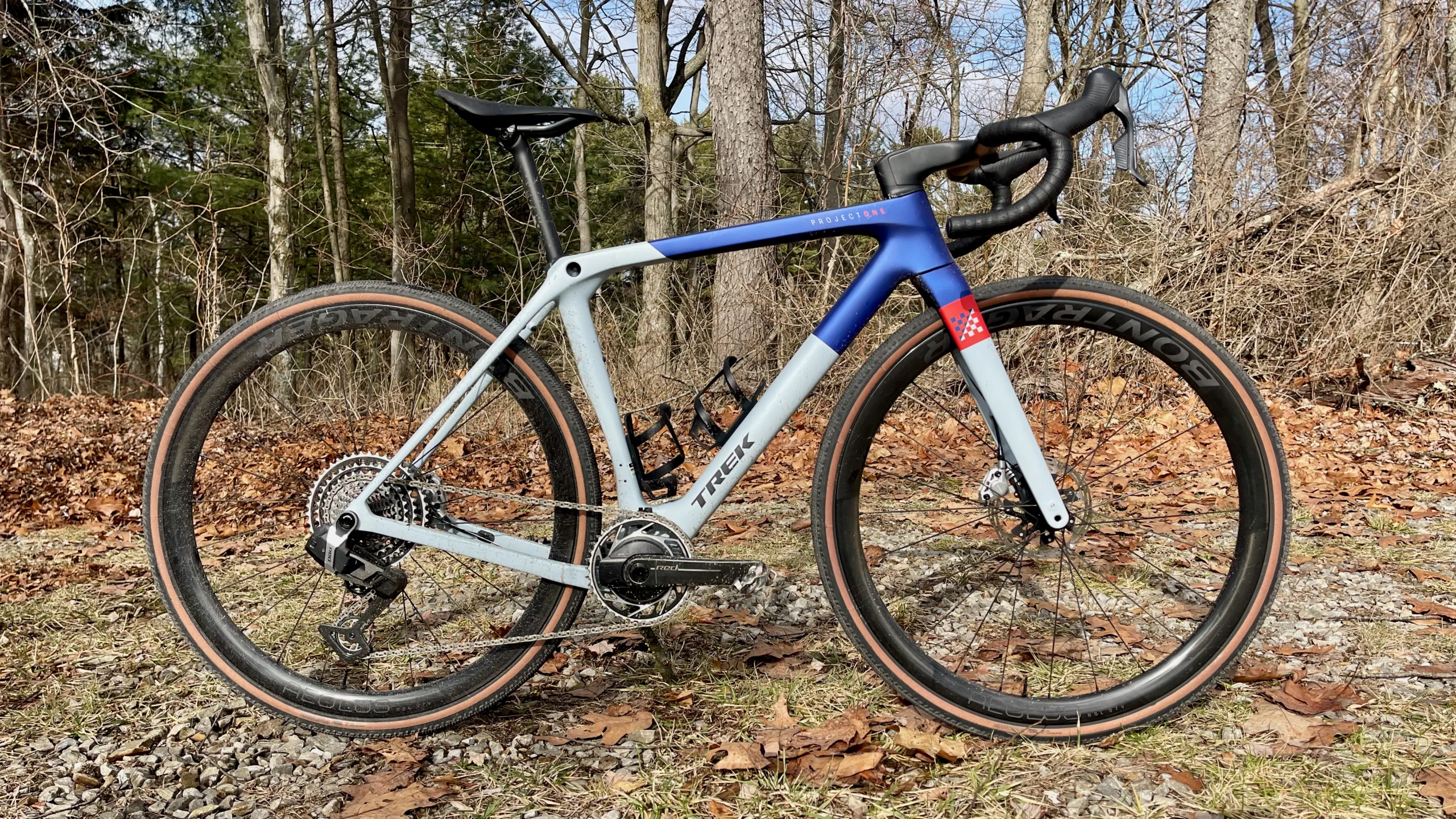
Geometry: Lower, Shorter, and Built to Rip
While the gravel trend is leaning long and low, Trek shortened the reach compared to the Checkpoint while keeping stack heights similar. If you’re coming from a Checkpoint, you might need a longer stem to match your fit.
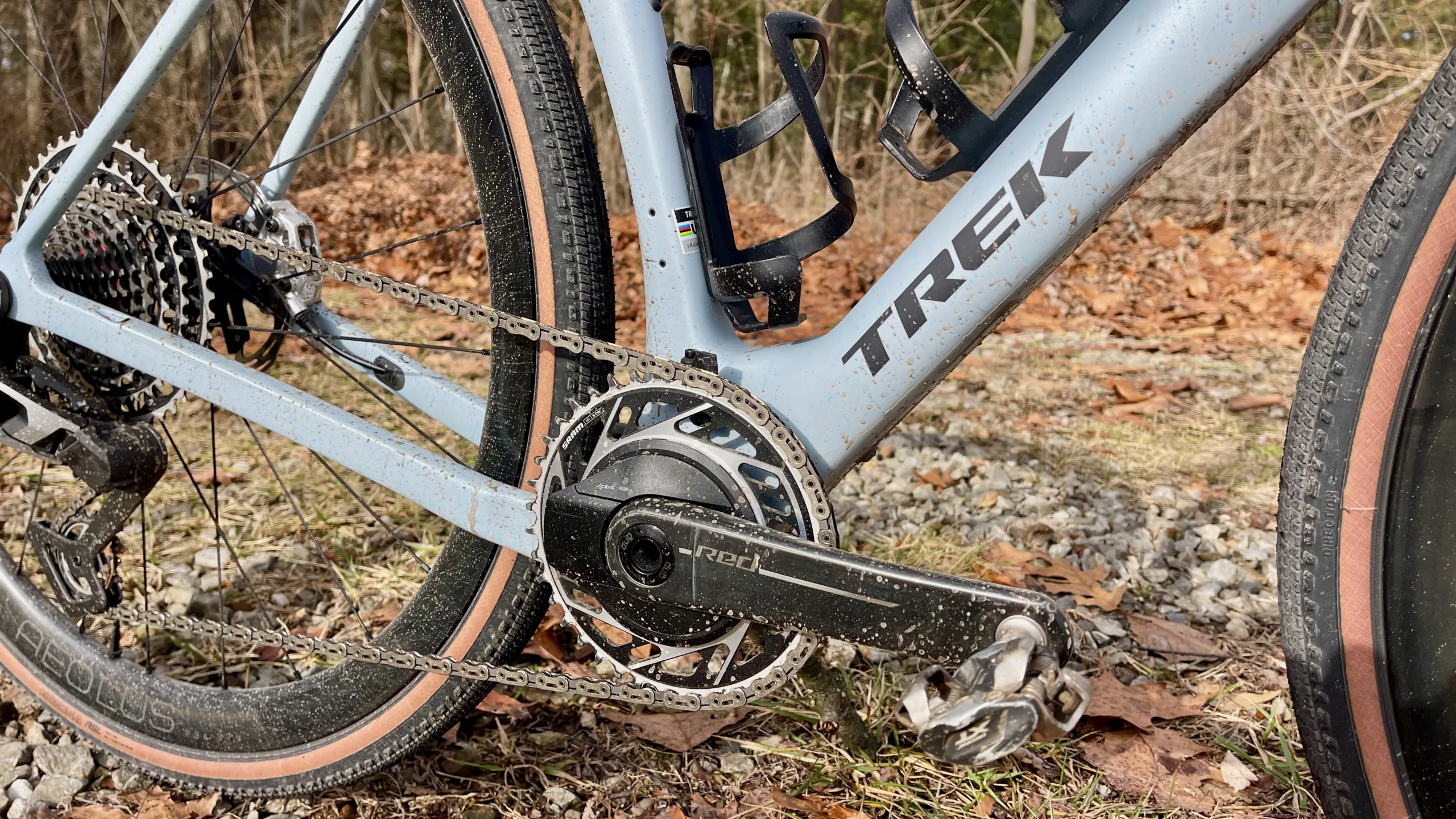
The handling is dialed for speed and has a much better feel than the run-on-the-mill gravel geometry. The Checkmate gets an 80mm bottom bracket drop, which keeps things planted at high speeds. It also ditches size-specific fork rake, resulting in trail figures that range from 70mm (XS) to 62mm (XL). The medium (54cm) I tested put me in the sweet spot for an aggressive, snappy feel and predictable driving on the dirt.
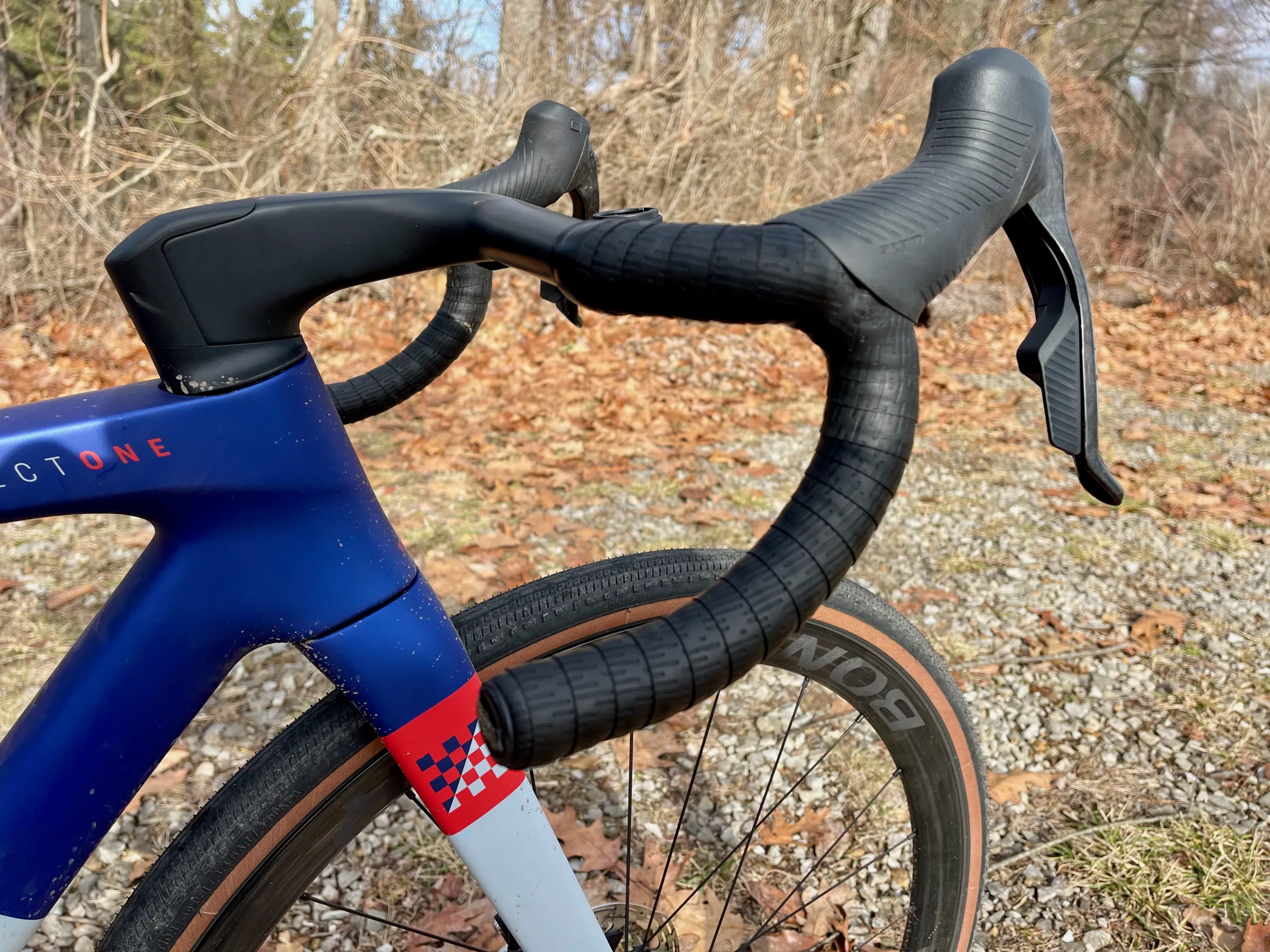
Builds, Pricing & ProjectOne Customization
Trek keeps the Checkmate lineup simple and race-ready, offering two complete builds and a frameset option:
- SLR 7 AXS (SRAM Force XPLR 1x): $8,299.99
- SLR 9 AXS (SRAM Red XPLR 1x): $11,999.99
- Frameset: $3,999.99 USD
There are no budget-friendly versions here—Trek is laser-focused on performance, not entry-level accessibility. And if the stock builds aren’t quite right, ProjectOne lets you tweak the specs (like crank length, bar width, or custom paint).
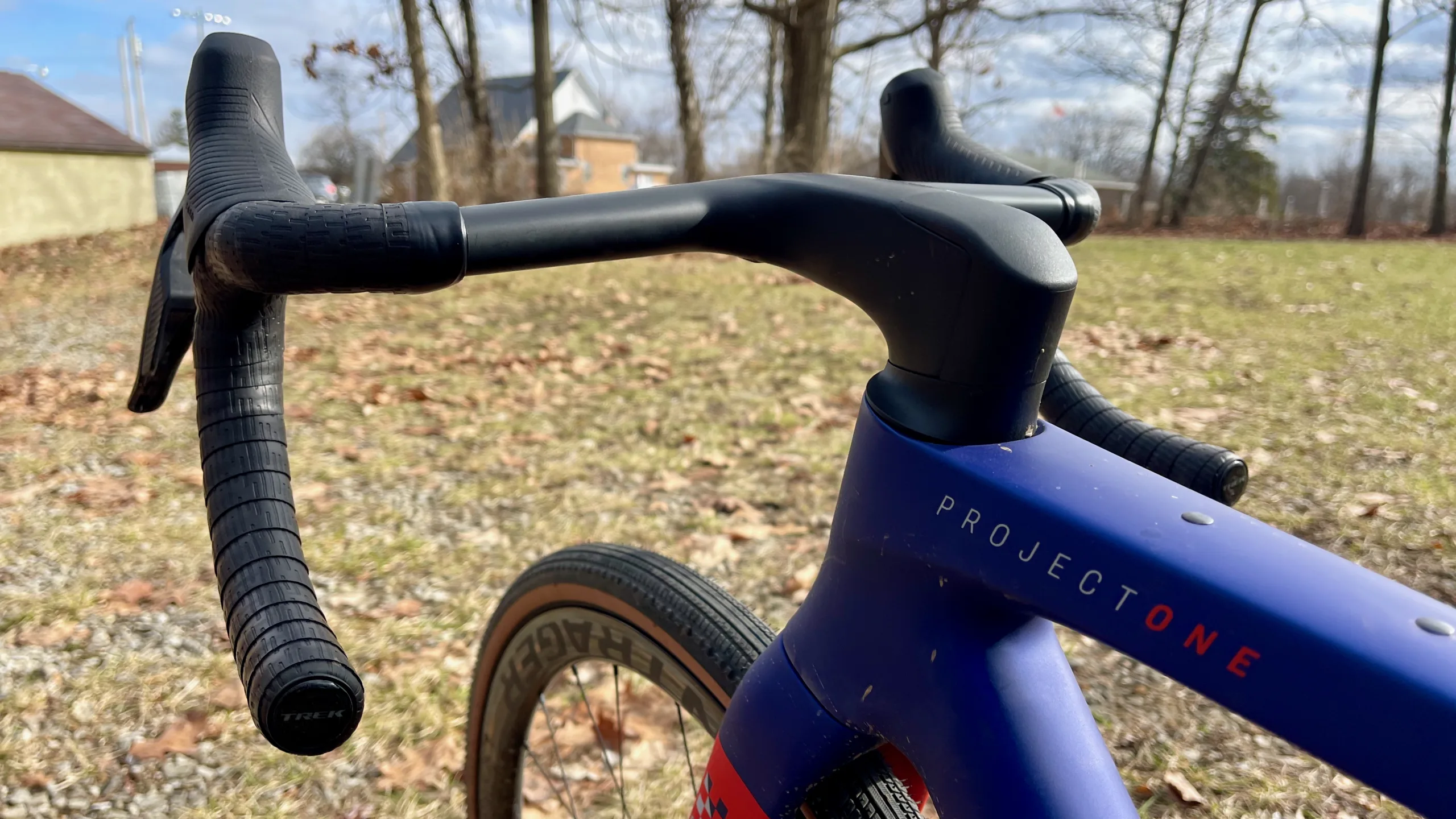
Ride Impressions: Trek Checkmate SLR 9
Straight out of the box, I could easily replicate my road fit. The Checkmate has a very Madone 8-like feel, so much so that I wanted more of a road feel than a cyclocross or gravel “fit.” I used my mountain bike pedals, however, to give it real-world gravel treatment, and to be honest, I don’t like racing gravel in my road pedals, especially on a course with lots of single track.
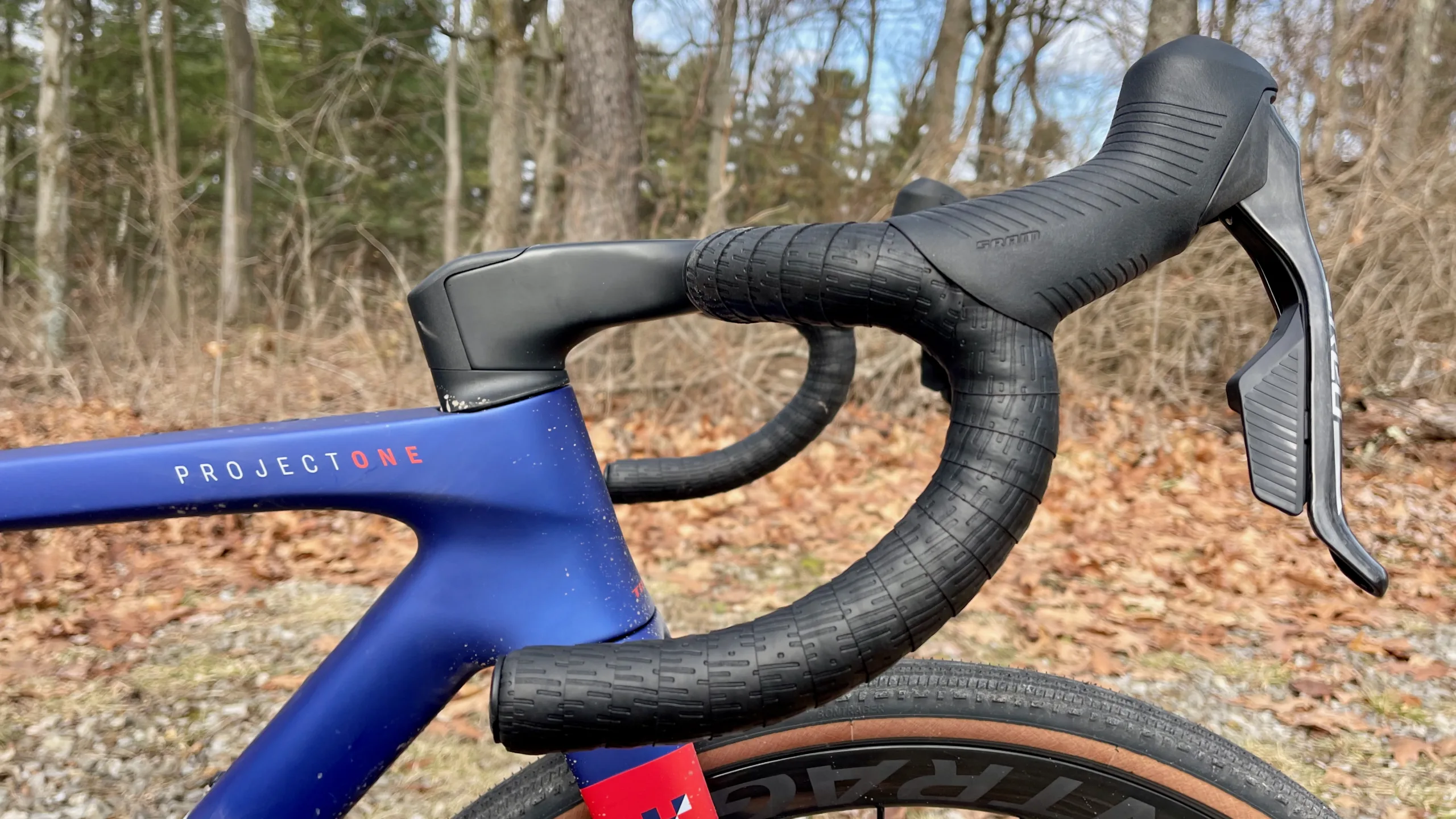
Touch Points
After dialing my setup, I hit the road on my quest for gravel. I’m very familiar with all the components and touchpoints at the Checkpoint. The Bontrager RSL aero bars are one of my favorites on the market, and the same goes for the Aeolus RSL saddle.
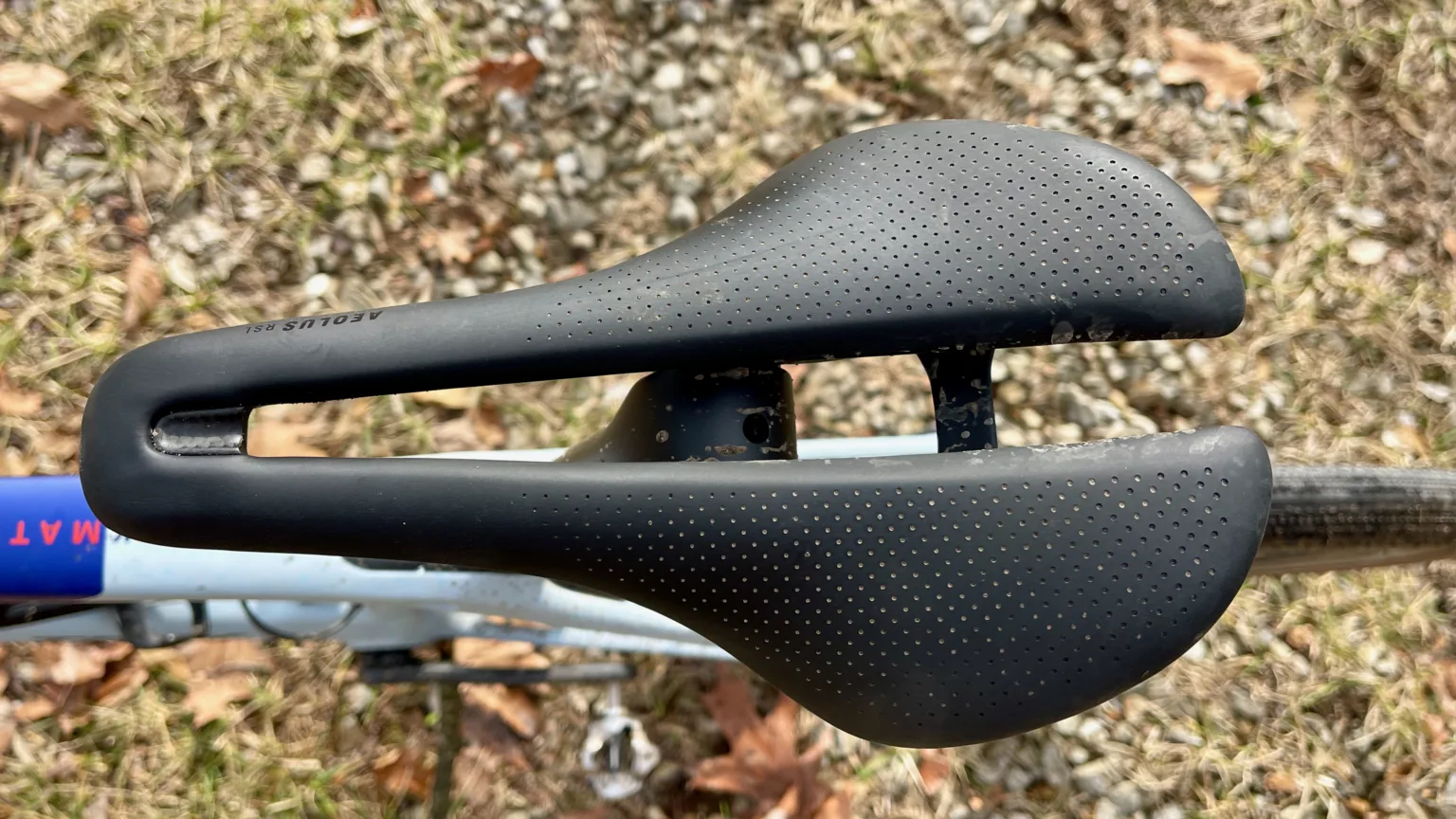
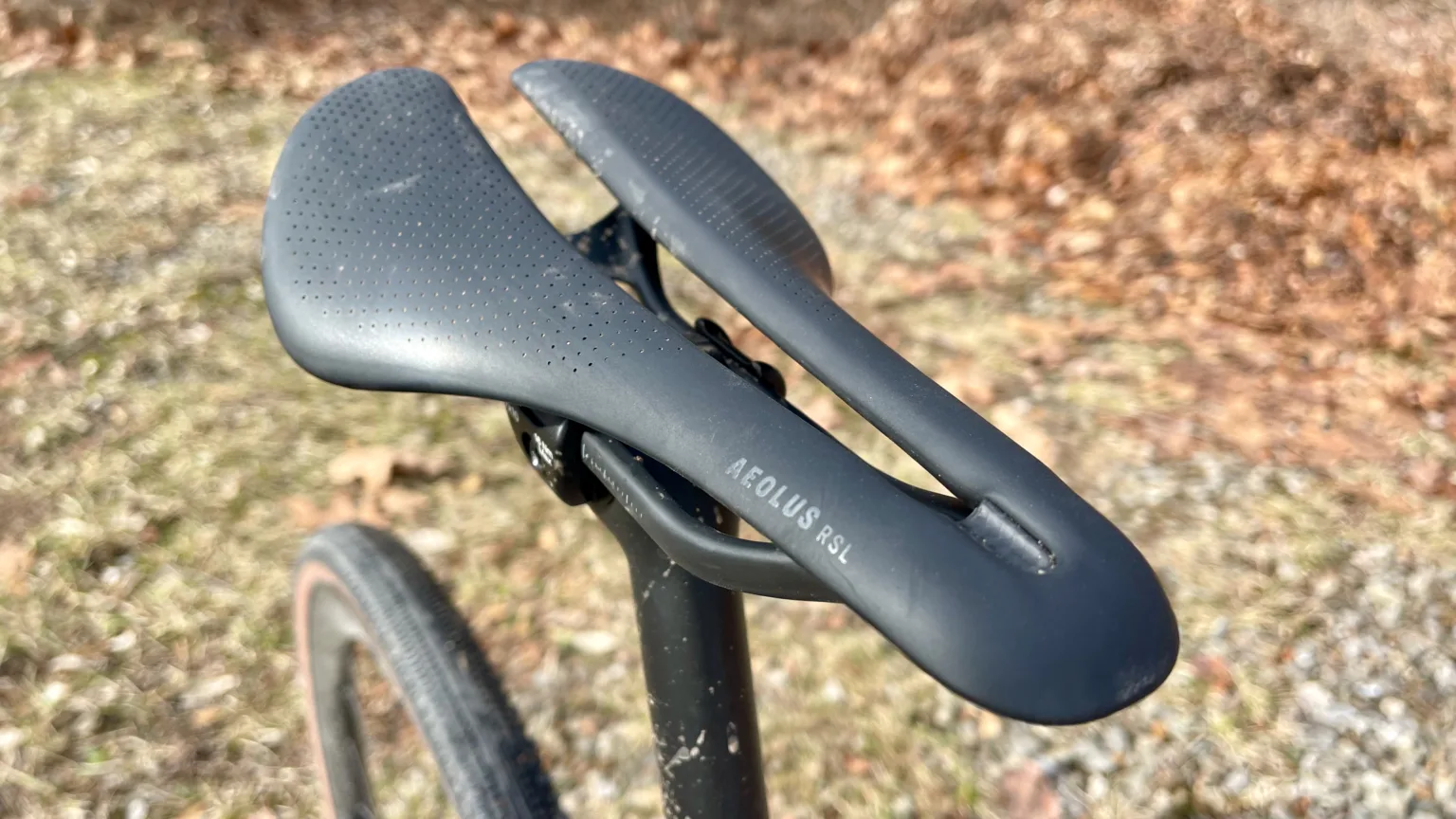
Both have a great feeling when in a more aerodynamic position and are excellent when paired. The shifting is another favorite of mine, and I have the same RED XPLR group on my personal gravel bike. The levers pair very well with the RSL aero-focused bars; I went for a 120mm/40(38.5)cm bar/stem setup. The updated SRAM levers are slightly longer, and supply excellent hand placement. Something I feel is critical on a off road drop bar bike.
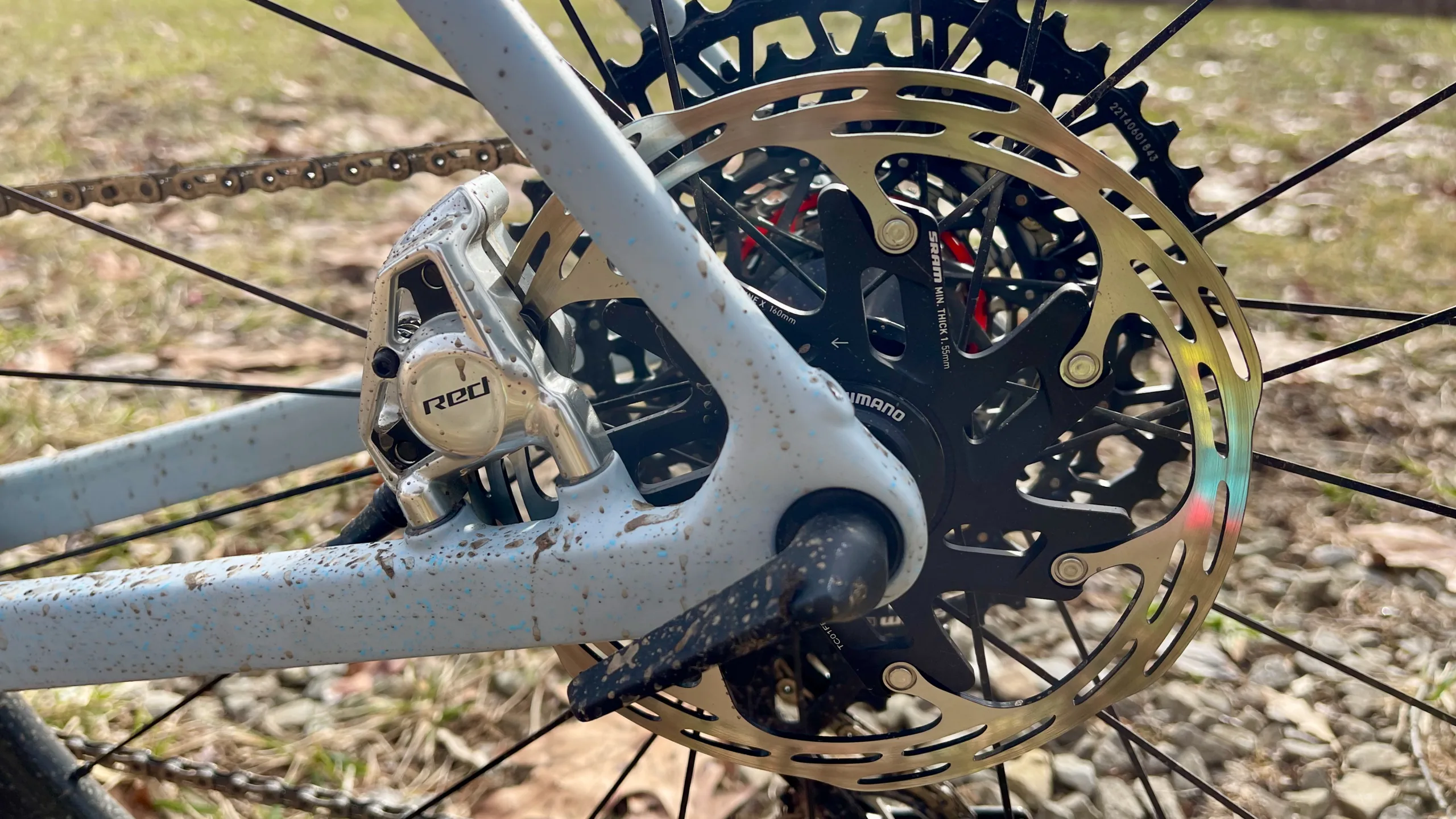
Having a chain guide is a nice bonus but somewhat unnecessary with the super retention of the SRAM Transmission XPLR groupset. But, it’s always better to be safe than sorry, and nothing is worse than a dropped chain in the heat of the race.
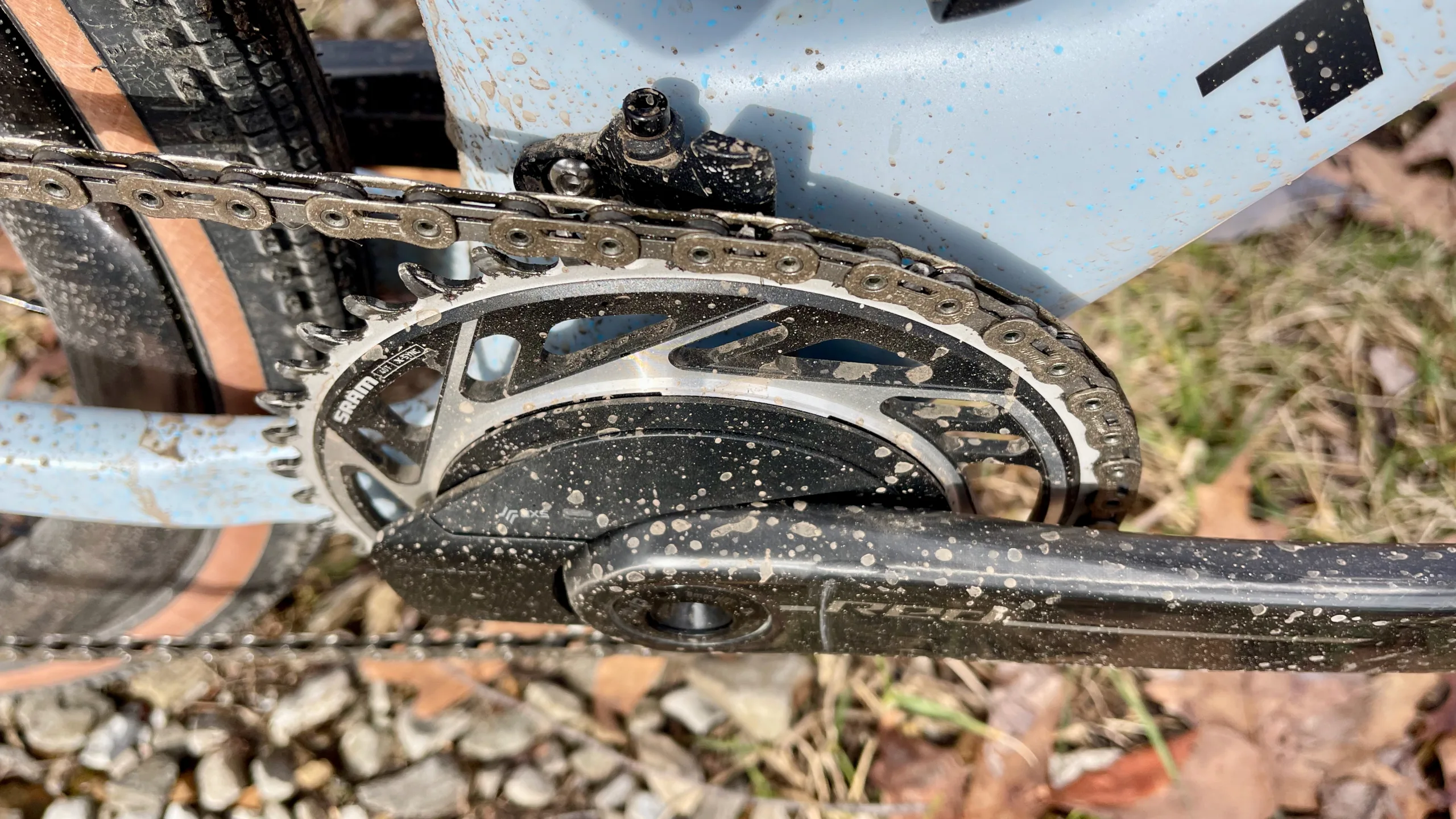
Being so comfortable with the fit and touchpoints, I could feel the subtle bits of the Checkmate ride. On the road, I felt like I was on the Madone with larger tires. The pedaling response is great, and the frame is stiff, but the ISO-Speed dampner softens up the ride without a “bounce” feel.
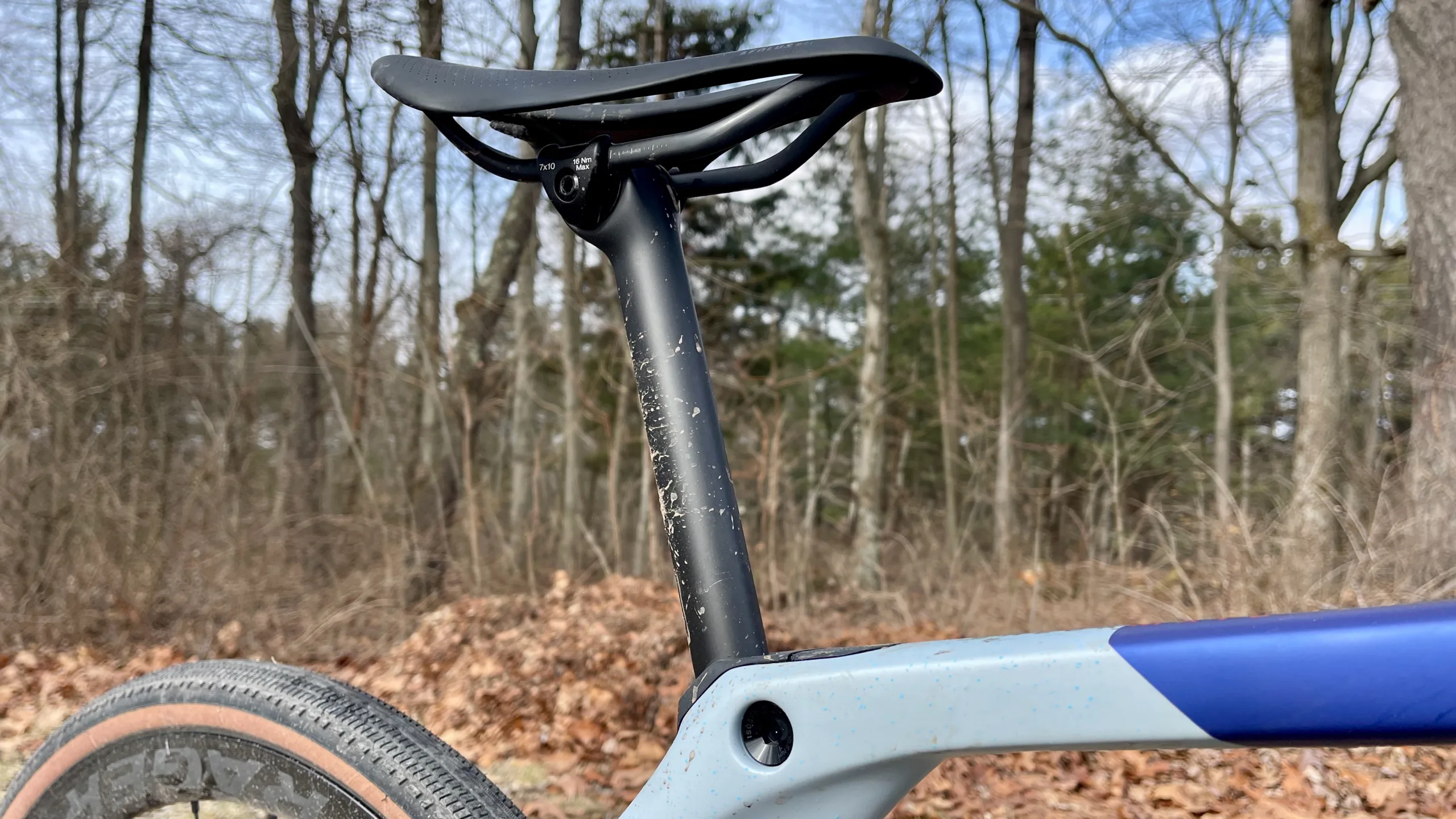
Diving in and out of corners, the Checkmate feels more like a road bike than a gravel bike, and I’m sure thats what Trek was looking for. But the sensation is stable, the bike is longer, and the fit is lower, so I felt tucked in driving.
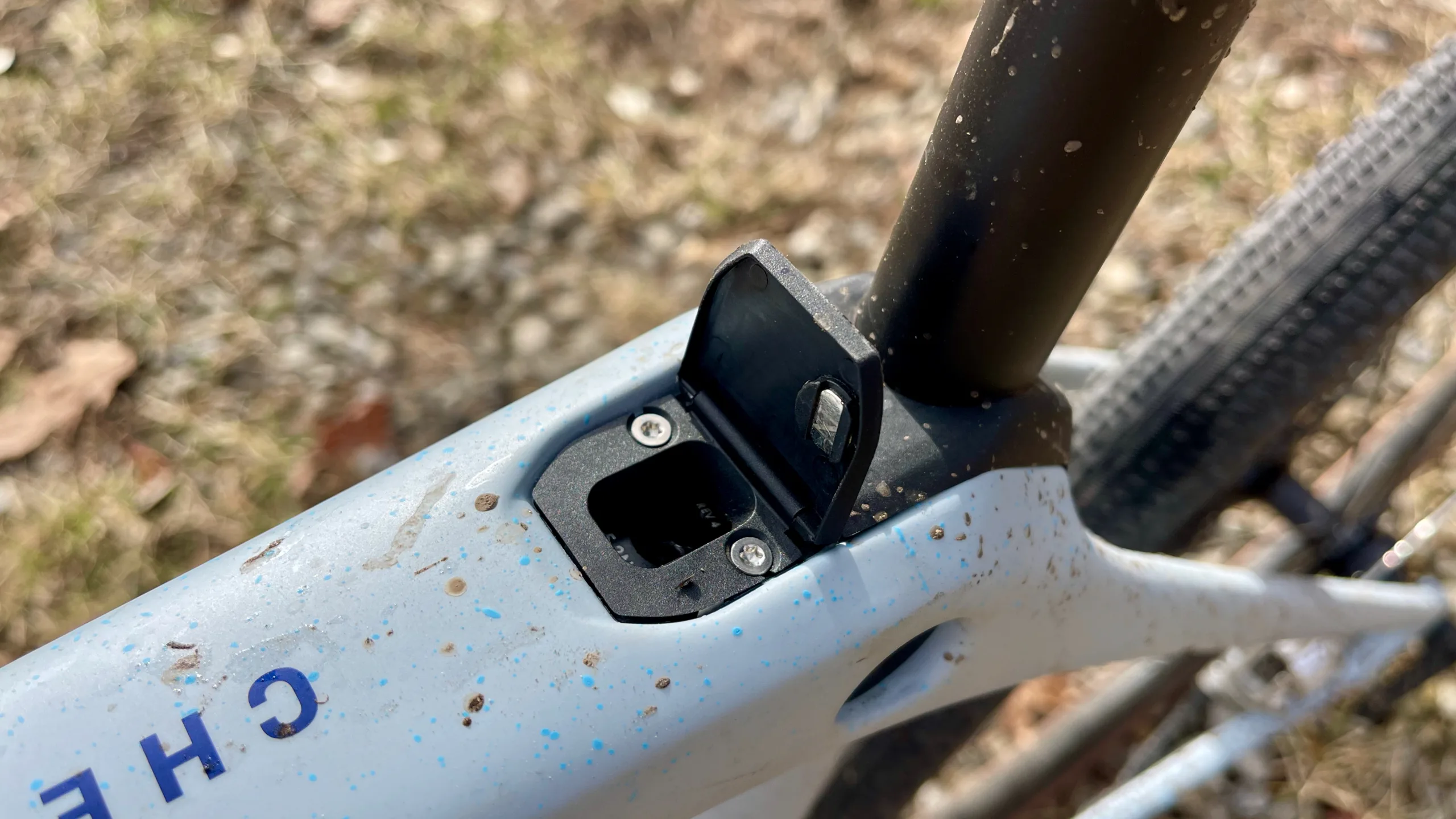
Gravel Checkmate
When I hit the gravel (slightly chunky), I felt sturdy and stable. The ISO Speed worked well, and the new D-shaped seat post helped with the natural feel of the suspension. There could be a lot of other feedback as well. The frame has an excellent sensation when rolling on gravel, almost like a road bike with gravel tires.
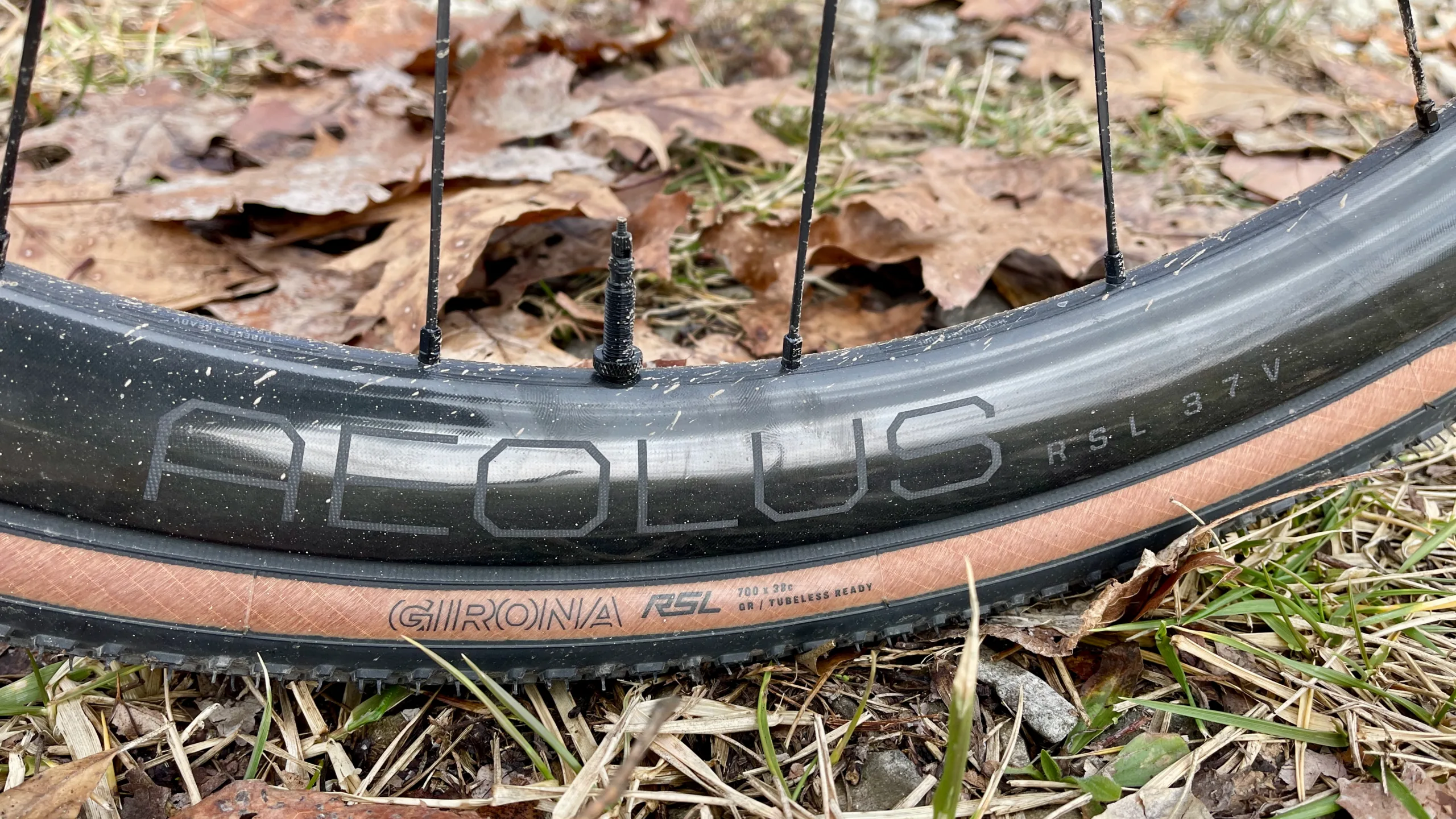
The tires themself are narrow (by today’s standards) and are more of a euro-gravel style. They are the new Trek RSL Gerona gravel tires, and they are my style of gravel tire. A smooth-rolling center tread with enough knobs (reminiscent of the older Bontrager GR tires) to grip loose dirt and gravel. They are definitely not a mud weather tire, but if the gravel is wet or damp, they work fine. The 220 TPI carcass roll nicely and feel more like a cotton tire on the road.
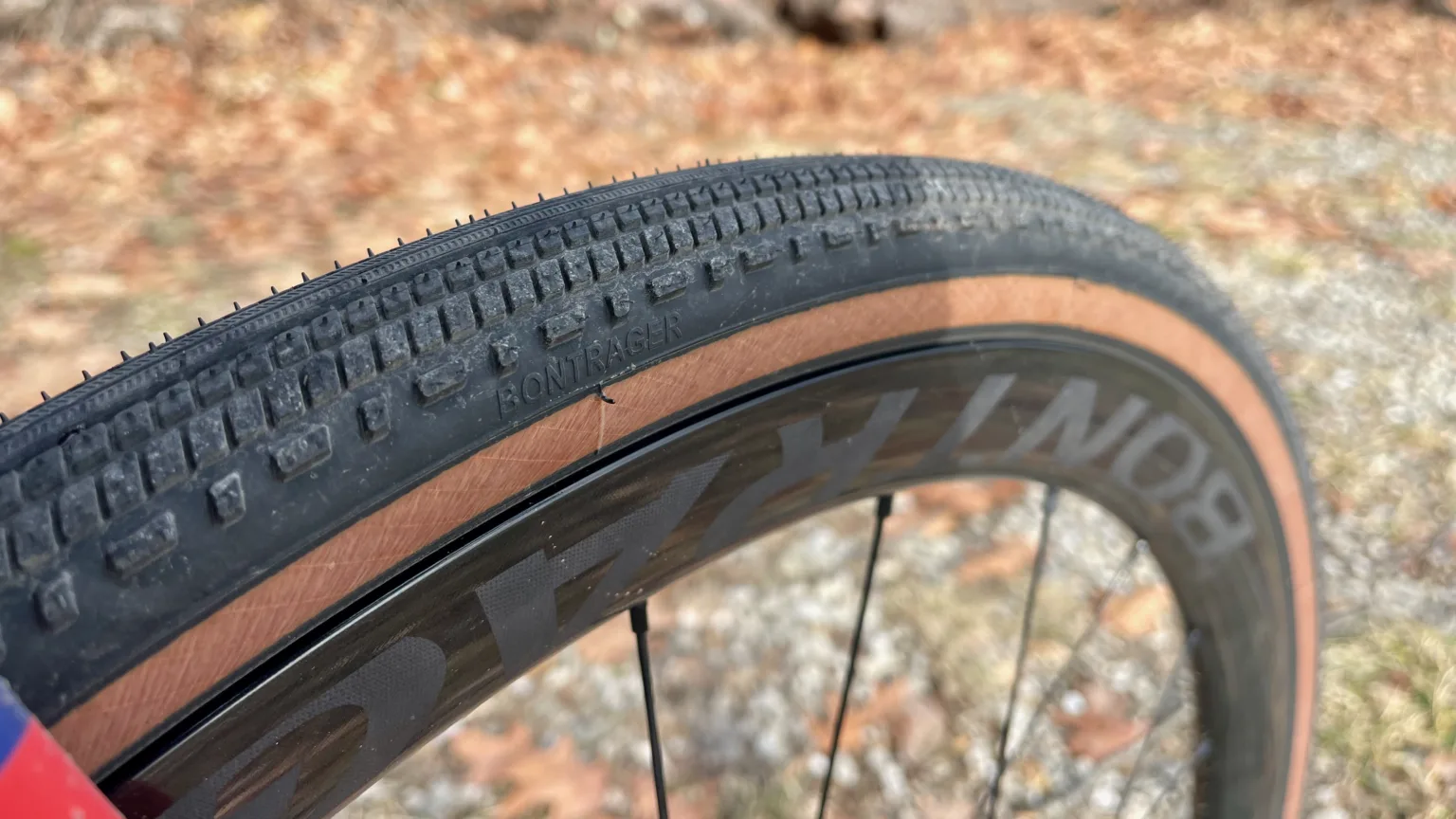
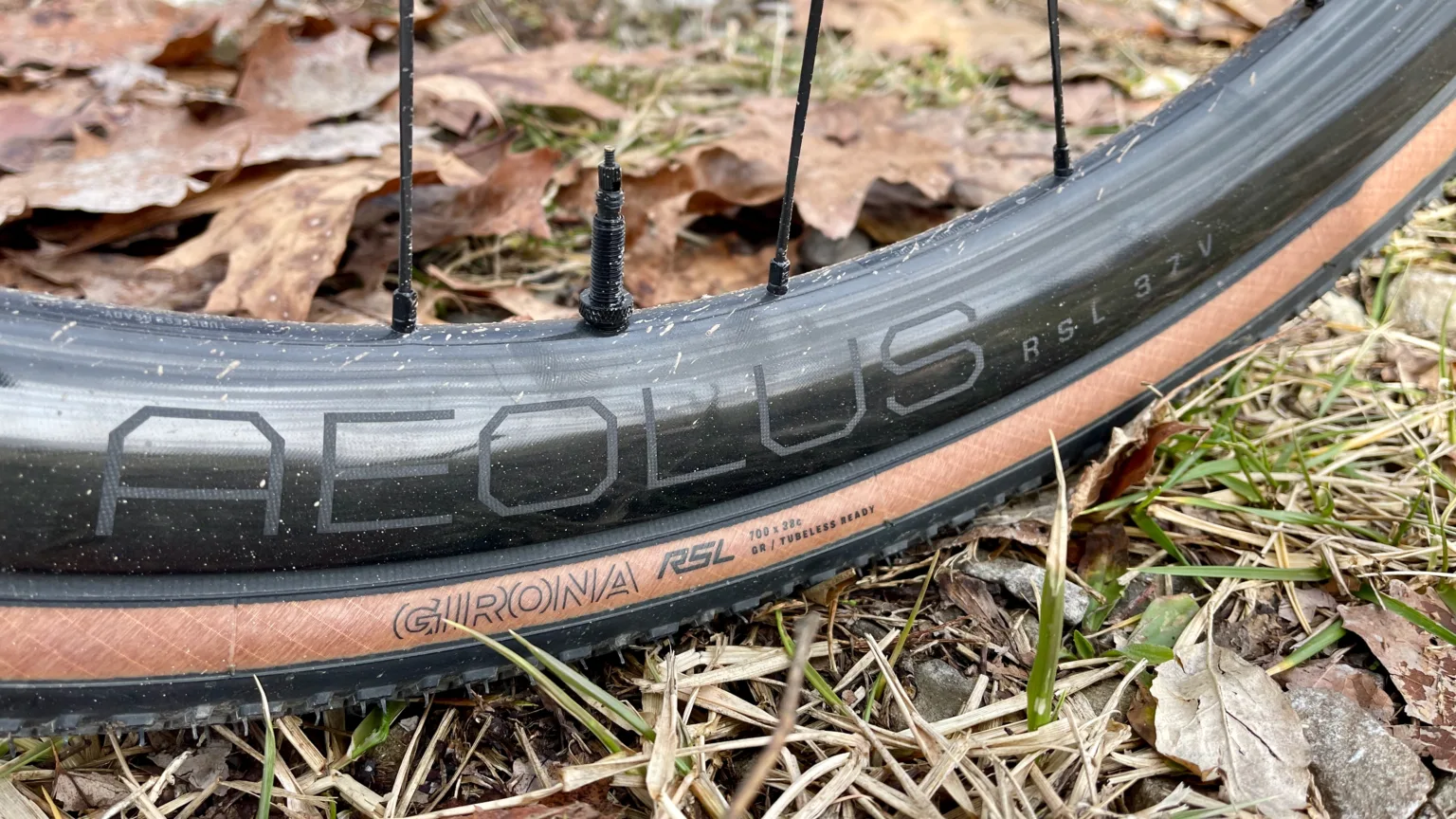
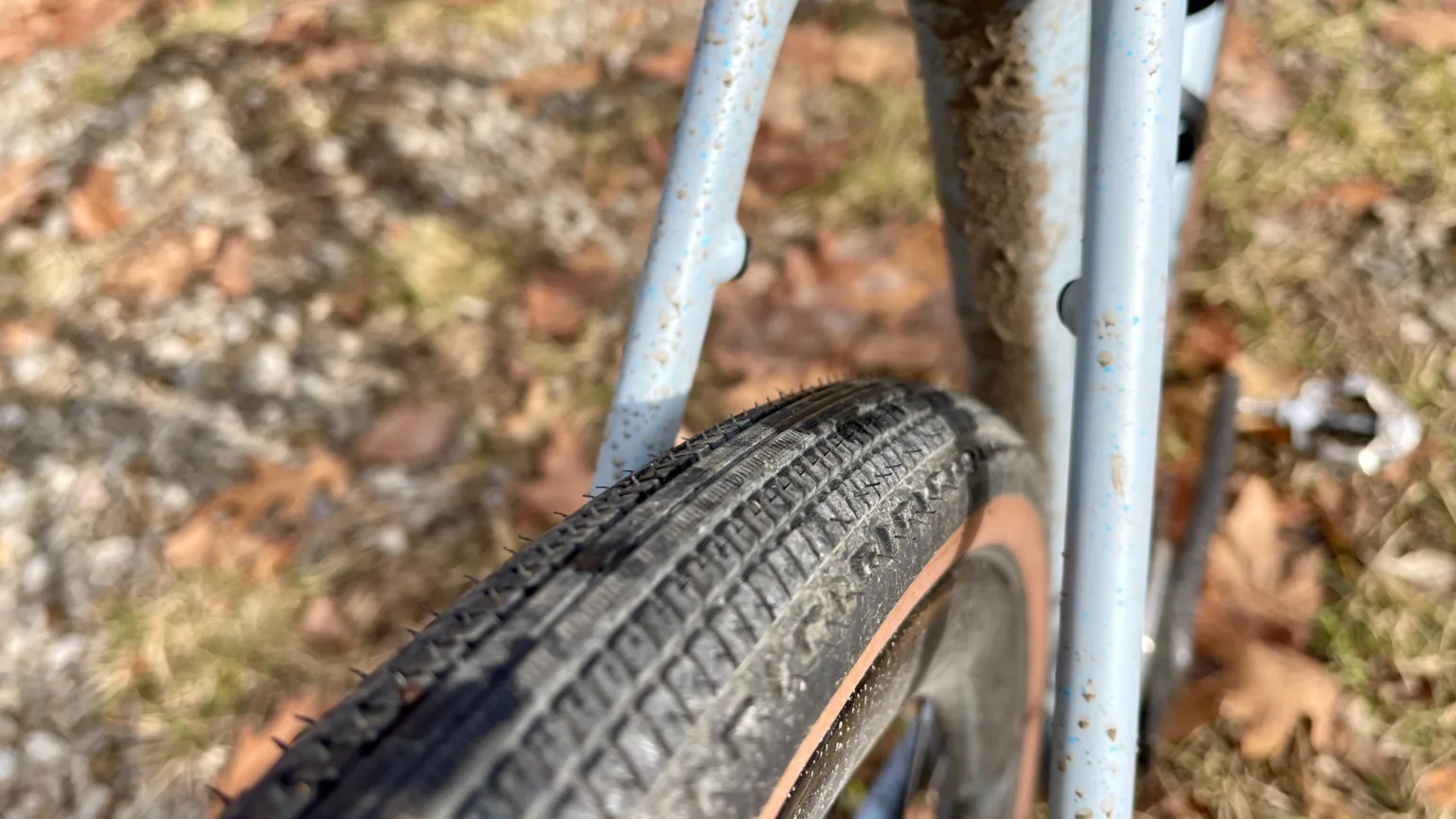
On smooth dirt and packed gravel, the Checkmate flies. It’s responsive, stiff, and eager to accelerate. Handling is sharp, and while it’s stable at high speeds, it also loves to be pushed into corners. But there’s a tradeoff—when I hit more technical sections, the locked and loaded had me working harder to stay smooth.
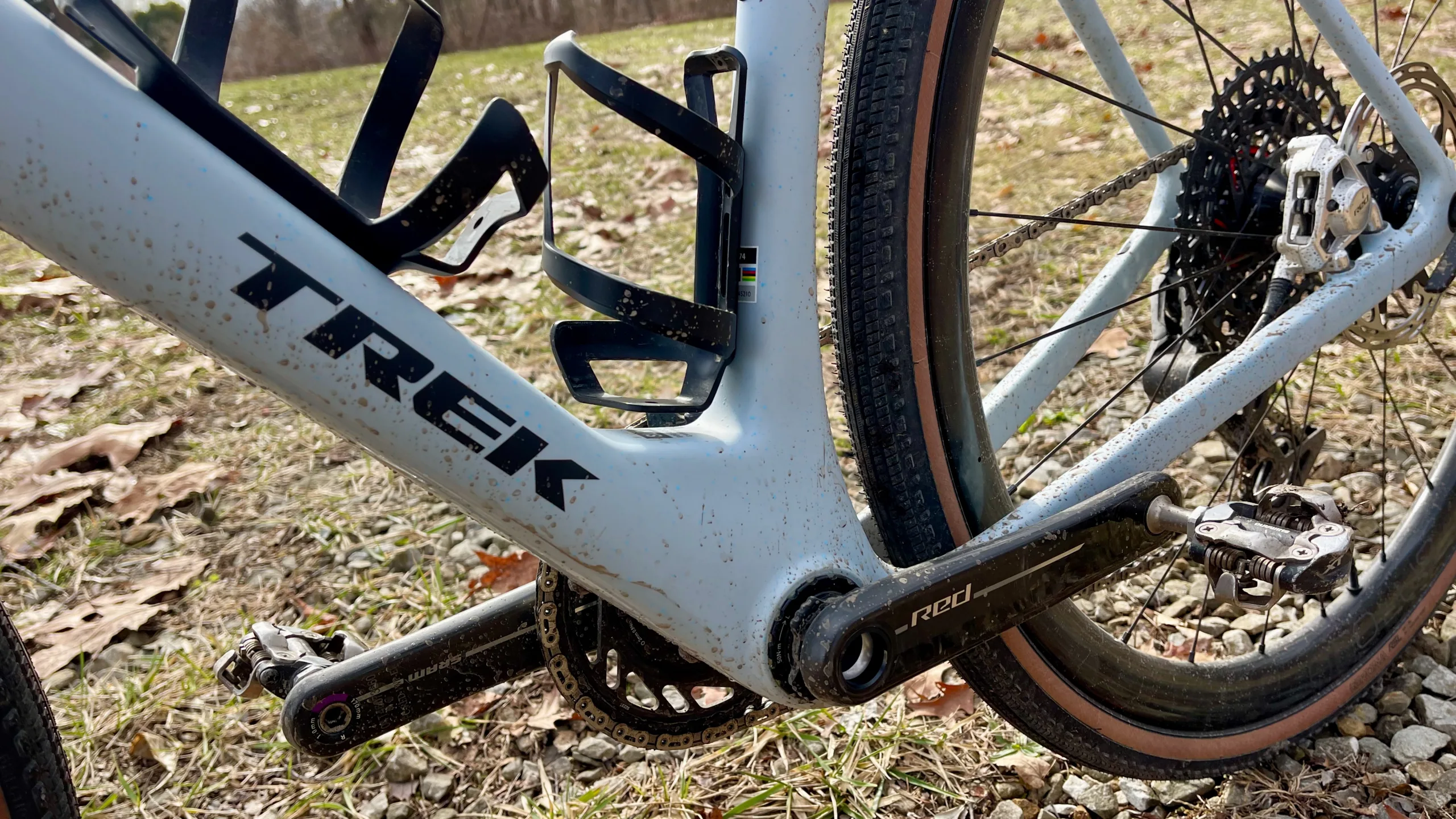
And while some will complain about the lack of internal downtube storage, I didn’t miss it. This bike is about shedding weight, not adding it. Trek’s custom frame bag is a slick alternative if you need storage.
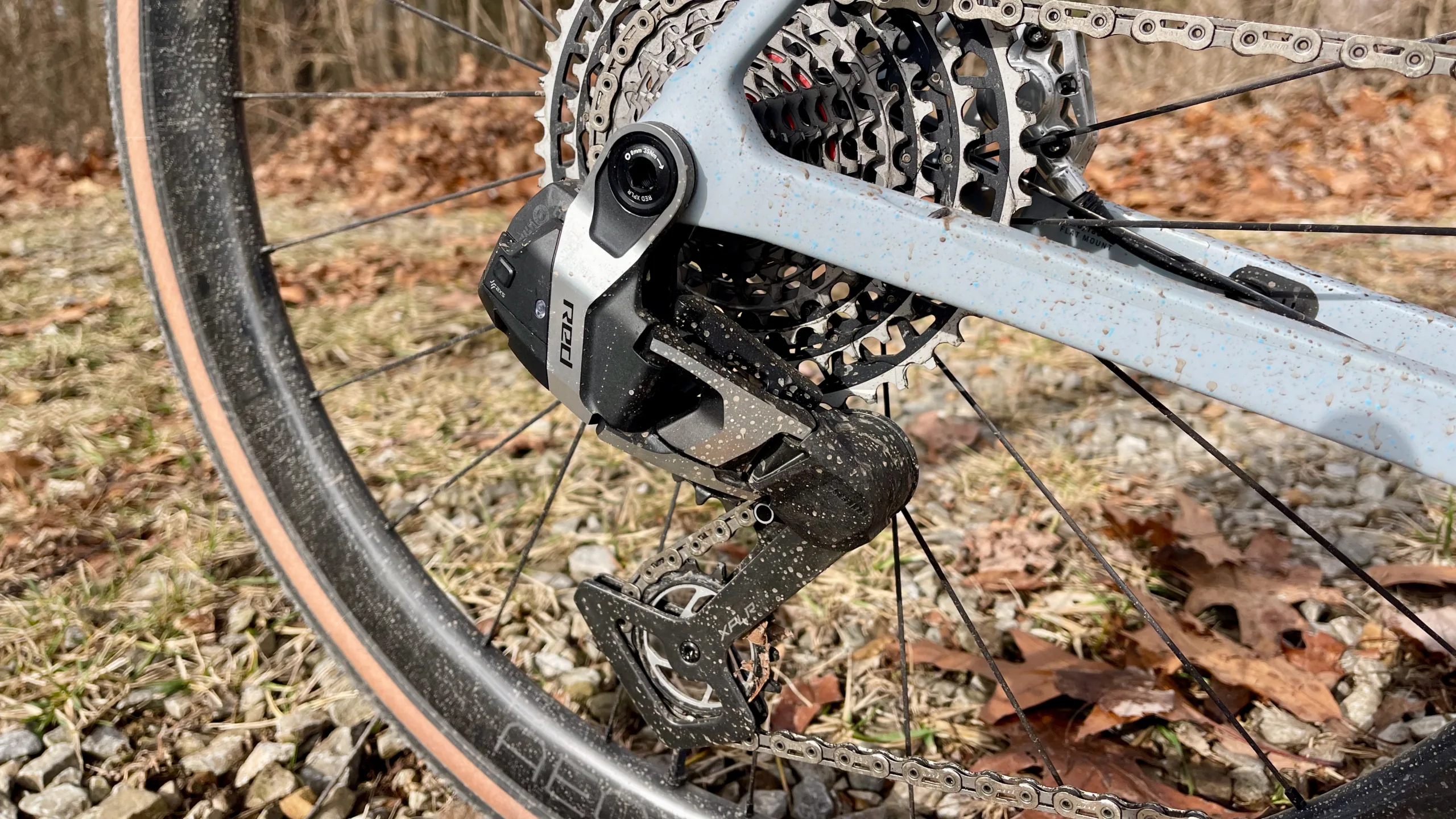
Will it Put Your Competition in Checkmate?
Trek finally delivers a purebred race gravel bike that lives up to the hype. The aero benefits are real; the weight is extremely low, and the handling is tuned for speed. I can’t say it’s the fastest gravel bike on the market (too many to choose from), but it’s in my top three. The Trek Checkmate is an all-out gravel race bike, and if you wanna win races, bikes like this (along with proper training and nutrition) help immensely.
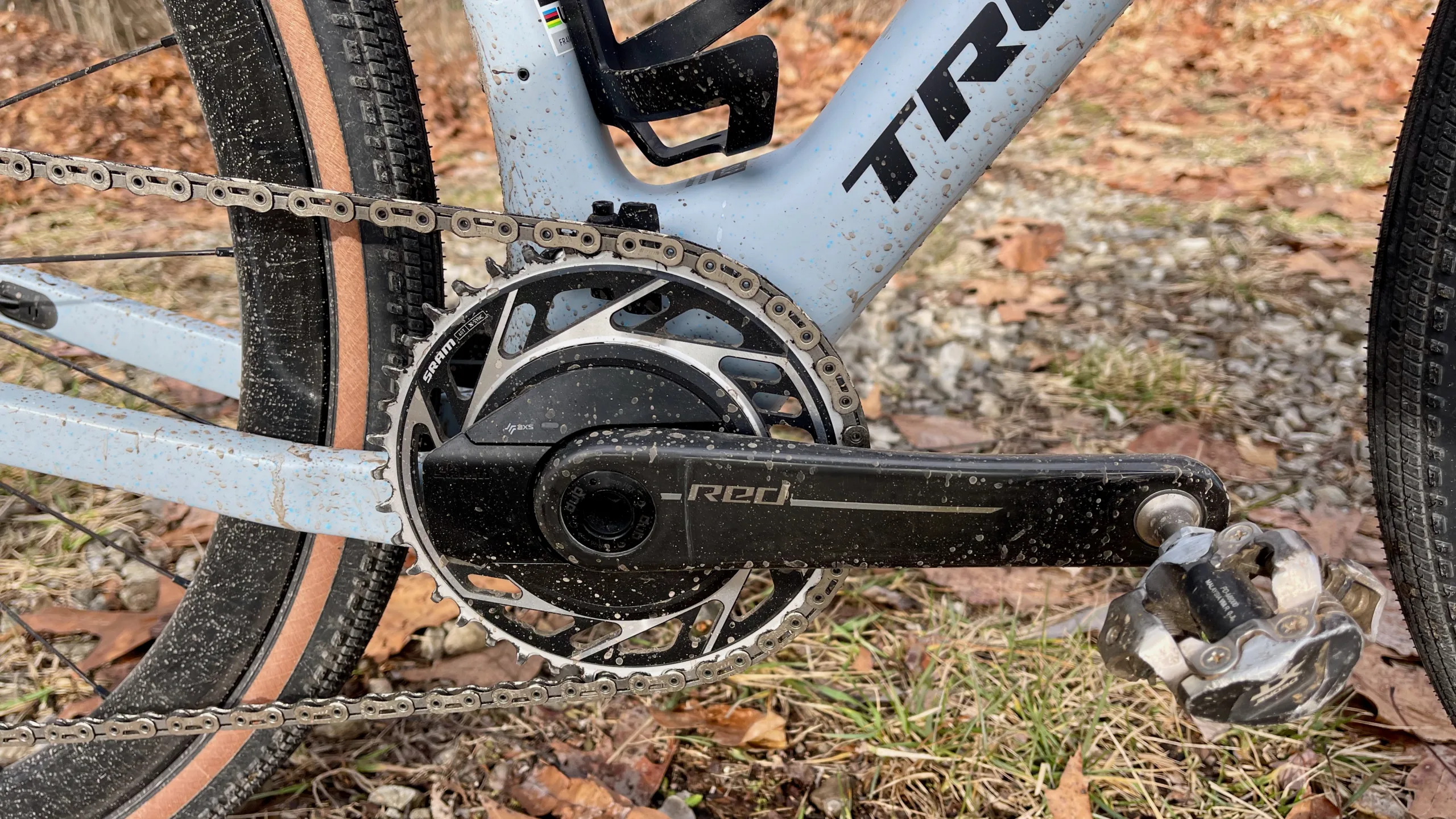
The drawback? The price. Trek’s offering is not entry-level; a frameset costs $4,000, making it one of the most expensive. There are only two builds at the moment. Both are SRAM and 1X, starting at $8,300 and $12,000 for the model we tested.
